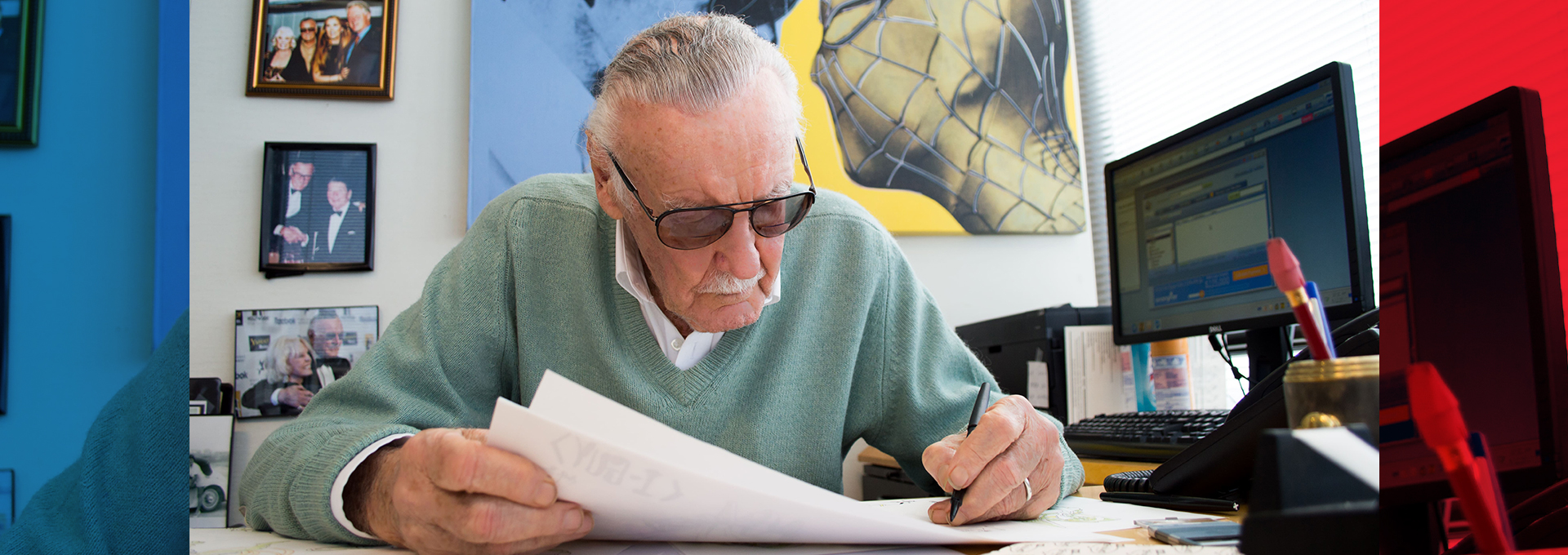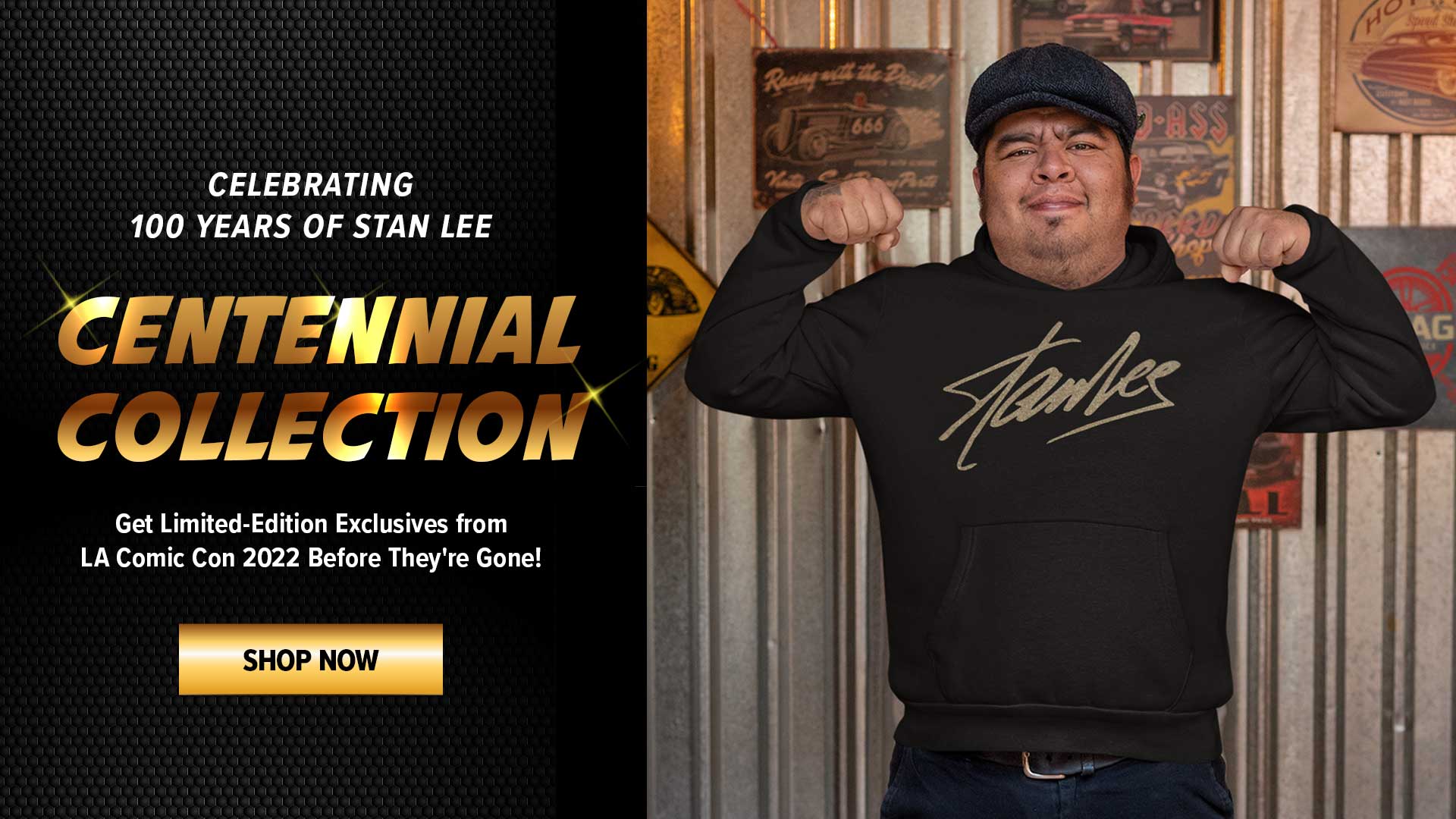Stan Lee could never understand why we celebrated birthdays. “After all,” he’d say about his birthday, “I didn’t do anything special!” As usual, Stan was profoundly right about this. One could argue it is the mother, not the child, who should really be celebrated on her childrens’ birthdays; after all, she did most of the hard work.
Still, Stan Lee did plenty that we can call “special” with his unmatched legacy of stories and characters which have successfully been featured in comics, prose, television and film. We can all celebrate Stan’s world-changing achievements today. This article is not about what he did—if you’re reading this, you should probably know that by now—but how he did it, i.e. what were the tools of Stan Lee’s trade?
Stan always wanted a particular set of tools within easy reach at his offices, whether at work or at home. Scissors (left-handed, of course), clear tape, post-its, pencils and pens. And most of all, something to write with. For many decades, it was a typewriter. Later, it was an electric typewriter. Finally, of course, he had computers to process words with.
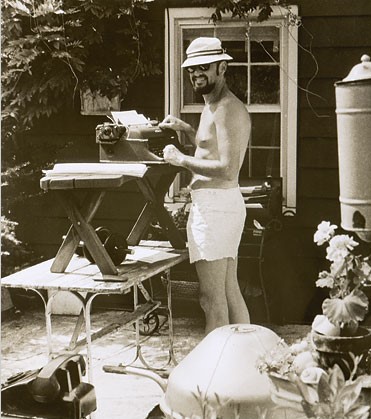
Oh, and when Stan was away from a keyboard, then he had to have a portable recorder to dictate into for later typing, and a small pocket notebook to scribble any ideas, or reminders, down. Portable and efficient were Stan’s primary requirement for tools away from his office desks. He fell in love with the smart phone but found its small size more limiting than liberating for what he really wanted.
His desk, both home and office, was where Stan spent most of his time, typing up or revising his latest story, movie or film concept, or the latest Spider-Man newspaper strip script. He was a fast and efficient typist but had never learned to type properly. Instead, he used just the first finger of each hand and hunted and searched out each letter as he typed it. Decades of doing this made hitting the correct key every time much easier.
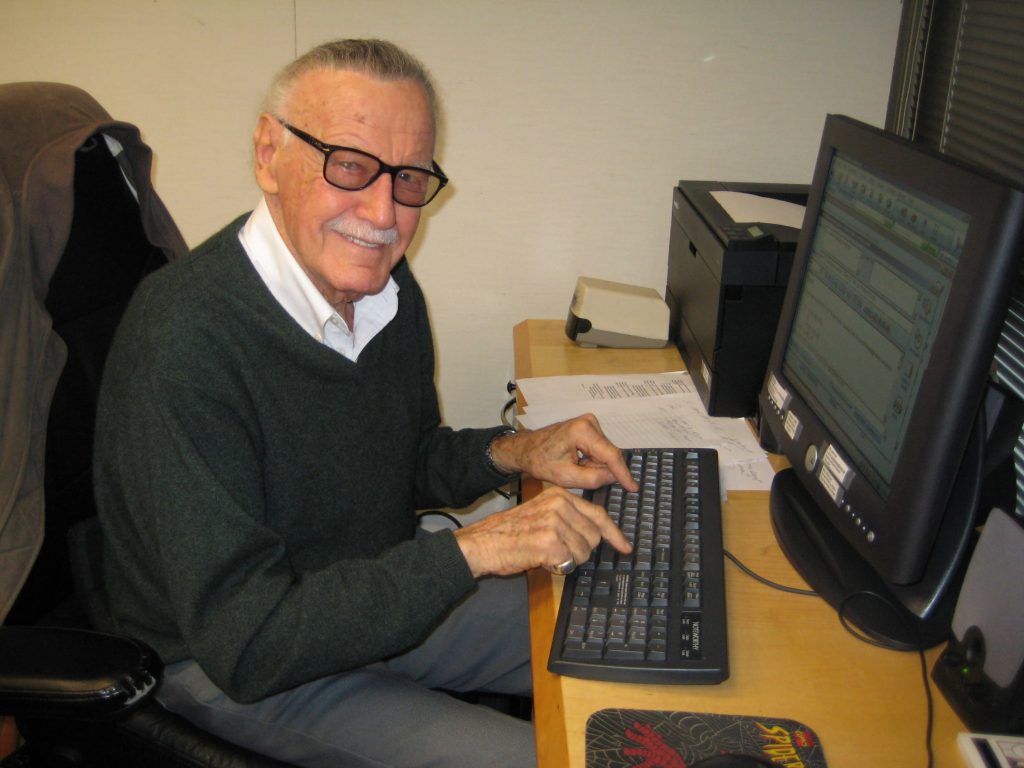
His only challenge was trying to keep up with the latest tech, which he was able to do throughout his career. The typewriter he wrote on in the 40s, 50s and 60s was eventually replaced with the much faster electric typewriter of the 70s and 80s. Then Stan Lee learned how to Word Process. His first and favorite program was the DOS-based Word Perfect, which he used right up to the end of the 20th century. However, Microsoft Word eventually replaced this and Stan, at the young age of 78, had to re-learn word processing from the ground up and eventually mastered using Word, which he used exclusively after the year 2000. One of my jobs as his executive assistant was to know these programs as well and help him overcome the latest glitch or error (human or otherwise) the computer word processor had challenged him with so he could get back to his writing as soon as possible.
As for his other tools, he was quite particular about pencils as well as pens. The pencils had to have dark, clear line, and not break under his grip or smear easily. He also had a handful of blue pencils at hand. Blue pencils are often used for comicbook art, before the illustrations are inked, because for decades, standard black and white copiers would not pick up the color blue. Today’s color copiers do pick up blue but can be set to ignore the color if used on original comicbook art with inked images. Stan was particularly fond of electric pencil sharpeners and one was to be found, plugged in, at each desk he used throughout my decades working for him.
He also had Sanford EraserStiks. These were long white, pencil-like items that had an ink eraser on the “writing end,” with a coarse brush where the eraser would be on a normal pencil. It likely dated back to when Stan, as Marvel’s editor and art director, had to make corrections to the already inked artboards.
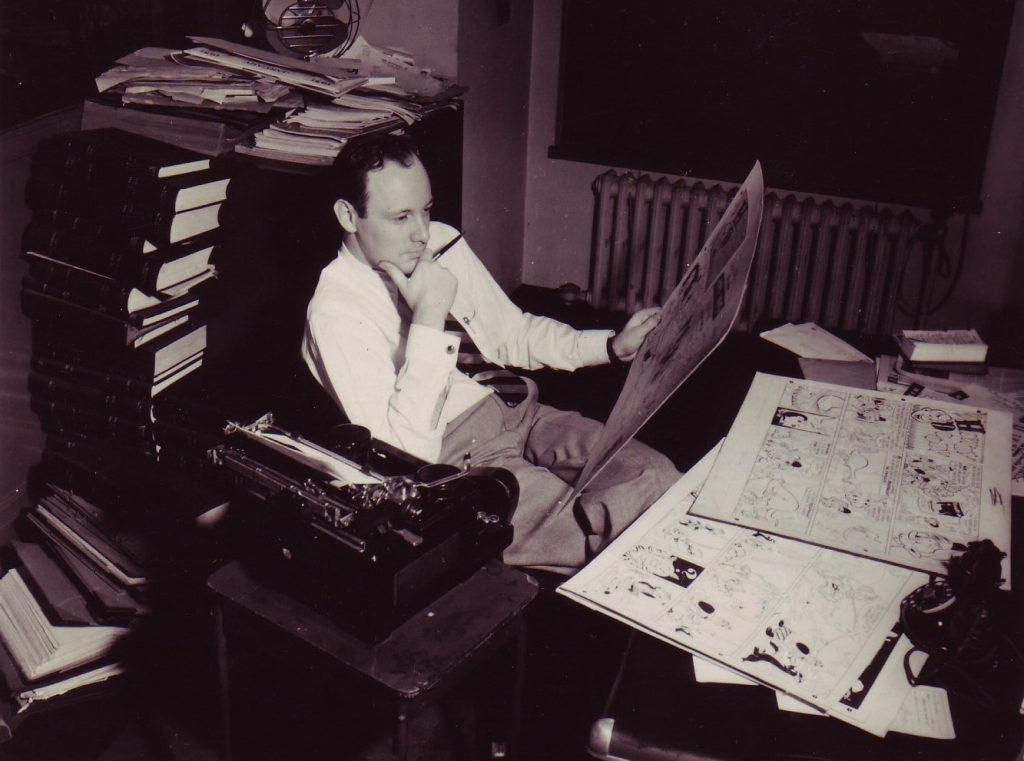
As for pens, they had to have an easy flow to them, yet write clearly. His perennial favorite pens were felt-tipped Flair pens in dark blue and black. Back when he was sending holiday cards to everyone on his rather large list, he used green and red Flair pens to evoke the holiday spirit with his personalized notes. Later, he retired this annual and rather time-consuming practice to exchange holiday greetings over email.
He never did find the perfect pen, though his personal Mont Blanc pens came close. He loved pens that flowed like dark Uni-ball pens, but the ink had to dry right away, or the left-handed Stan might smear what he just wrote. This ongoing quest for the perfect pen affected many an office supply order in the two-and-a-half decades I worked with Stan.
Of course, for signatures, Stan loved bold, dark or bright paint-markers and pens, but these never dried quickly, and the potential smear factor was too high. Stan would have to resort to fine point Sharpies in black, blue and occasionally red for most of his autographs, unless specifically requested to sign in gold, silver or the like.
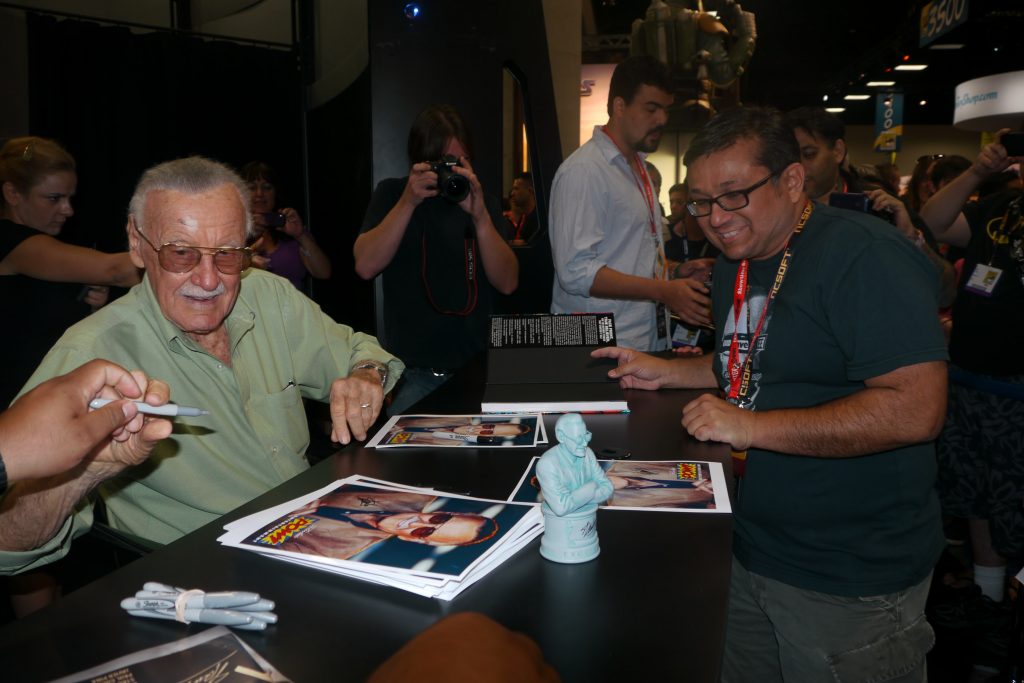
As for scissors, Stan always preferred Fiskars, orange-handled, left-handed scissors, which he only settled on after the long and lean editor’s sheers were nowhere to be found at most office suppliers any longer. For years I’d marvel (no pun intended) at how cleanly and precisely Stan could always cut a straight line through paper, unaided but for his steady hand and clear eye. Only recently did it occur to me that since his father, Jack, worked as a dress-cutter whose every cut had to be precise and error free, that Stan must have learned this technique from his father. I still can’t cut a straight line, unless along the length of a ruler, to save my life. This was one of Stan Lee’s most unsung talents.
Of course, Stan had to have his index cards, white 3”x5” with no lines on either side. He often used these to dash off quick notes to himself, me or his fellow workers. They were, along with his business cards, post-its, and other important office items, precisely stored in easy to reach storage trays all around his desk, often between the stapler and clear tape dispenser on each of his desks.
Again, it was always about simplicity and efficiency. Pens and pencils in an easy to access cup, flairs and Sharpies as well, or in a drawer behind his desk for easy reach. And there always had to be an office in-tray full of fresh paper to put into his printer or write notes which were larger than what would fit on an index card. With all his supplies full and readily at hand, Stan would be content and able to keep on writing the many characters and stories he always had foremost on his restless, creative mind.


